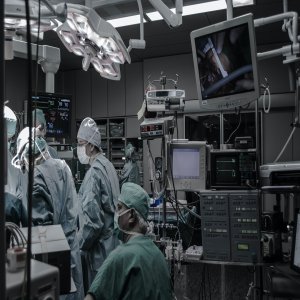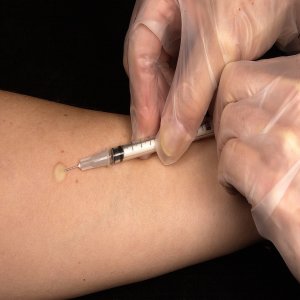
The right Regulation for the New Life Sciences Era
Opening Mexico Health Summit, Patricio Caso Prado, Director General of Strategic Affairs at COFEPRIS, began the forum with a speech regarding the Right Regulation for the New Life Sciences Era. After his initial greetings to the guests, Caso started his presentation asking if there is a causal relation between an efficient sanitary agency and a better access to the pharmaceutical market. According to him, COFEPRIS is a regulatory agency that affects several industries, representing close to 10% of the GDP. “Out of every peso spent by Mexicans, 44 cents correspond to products regulated by COFEPRIS.”
Caso states that one of COFEPRIS’ main goals was to improve its whole process including paperwork and standardization. The institution had a limited capacity, which restricted its organic growth, but its maturing process allowed it to reduce its response time. “We now have more than 5,000 procedures following our new standard, with 105 regulators that represent 88% of our total work capacity,” said Caso.
COFEPRIS has also worked to eliminate entry barriers for new products, especially generics. The institution has located substances with proper patents, communicating new treatments and price reductions in the country. “We now have 32 substances and more than 350 new medication options, representing 1,715,495 more people that can be attended as proper patients. Generics’ prices have dropped by 61%, and IMSS has disclosed that it has seen price reductions of up to 60%. Compared to Central America, prices are 70% lower, and 55% less compared with South America,” claimed Caso.
Regarding the promotion of innovation, Caso stated that the government launched an agreement to attract new medications with equivalence agreements, substituting free-trade certificates with new clinical analyses. Mexico has now 150 new innovative medicine registrations, representing a 4,900% increase compared to 2011. By 2013, COFEPRIS finished its regulation for biopharmaceuticals, which the association identified as a huge area or opportunity. The country has a really low consumption per capita of biotechnology drugs, and one of COFEPRIS’ objectives is to promote them as a viable option in the market. “This innovation strategy has also followed a strict intellectual property measures, and during 2013, Mexico was ranked as one of the most protective countries in this matter,” states Caso. Additionally, the agency has established equivalence agreements and good manufacturing practices certifications for the FDA, ANVISA, and other international organizations. This has led to a more open market, attracting more investment to the pharmaceutical sector. Furthermore, COFEPRIS has now been recognized by the WHO as a functional agency in terms of vaccines, entering an elite group of 38 countries.
Caso concluded with two main statements. The first is that there is in fact a causal regulation between an efficient sanitary agency and a better access to the pharmaceutical market. The second is that this also has an impact in the growth and development of the industry. This has reflected on a greater penetration of generics into the market, and Mexico’s ranking as one of the main global markets in the health sector, and the second in Latin America.
Director General of Strategic Affairs at COFEPRIS
Patricio Caso Prado
















